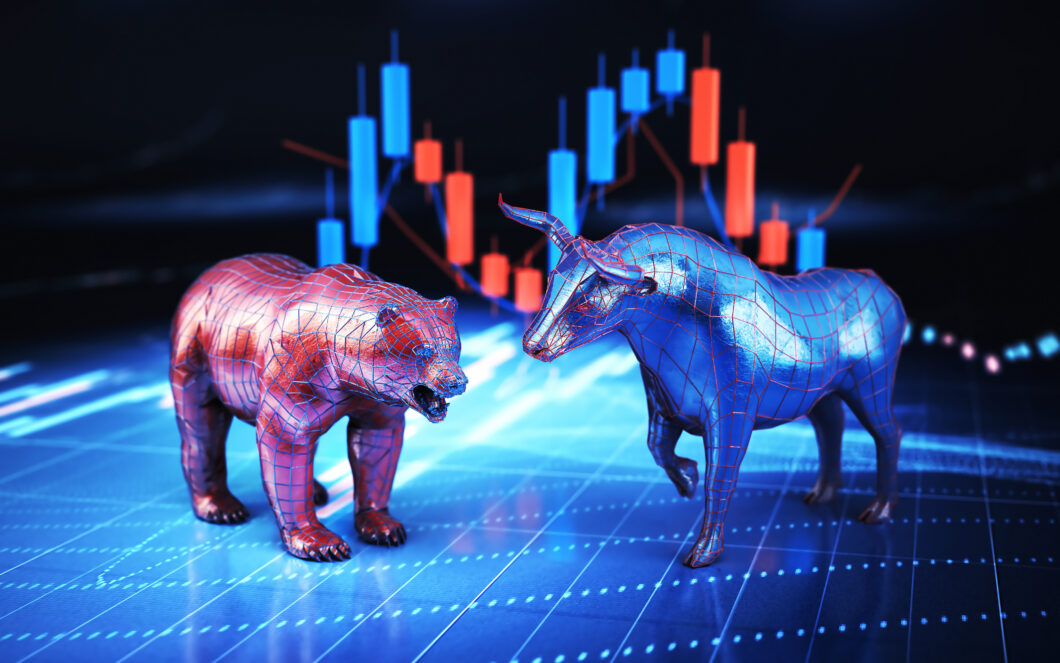Individual ownership in Indian listed companies might be a fraction of promoter ownership. But retail investments have a much bigger bite. Even with a relatively smaller ownership, individuals are significant market participants.
In the equity market, secondary market transactions influence price levels and is a market driver. The chunk of ownership with promoters are not traded in the secondary market. Promoter holding, or any other holding which is locked-up, do not influence market price levels.
In our article published on June 26, we had mentioned that in 2023-24 (FY24), at the National Stock Exchange (NSE), the highest traded volume at 35.5 per cent was from individuals, though they own only 9.5 percent of the companies listed/traded at the bourse. Today, we will discuss the flows from individual investors into the equity market.
As we can see in the graph above, during the 10 years between 2009 and 2019, every year, individual investors withdrew from the equity market. Net flows were below the zero line. In 2020, at the height of the Covid-19 pandemic that led to lockdown restrictions, businesses closing down and people losing jobs, net inflow was more than Rs 50,000 crore. There was a phase of significant market correction between January and March 23, 2020, followed by a major rally. These events prompted individual participation in the market.


